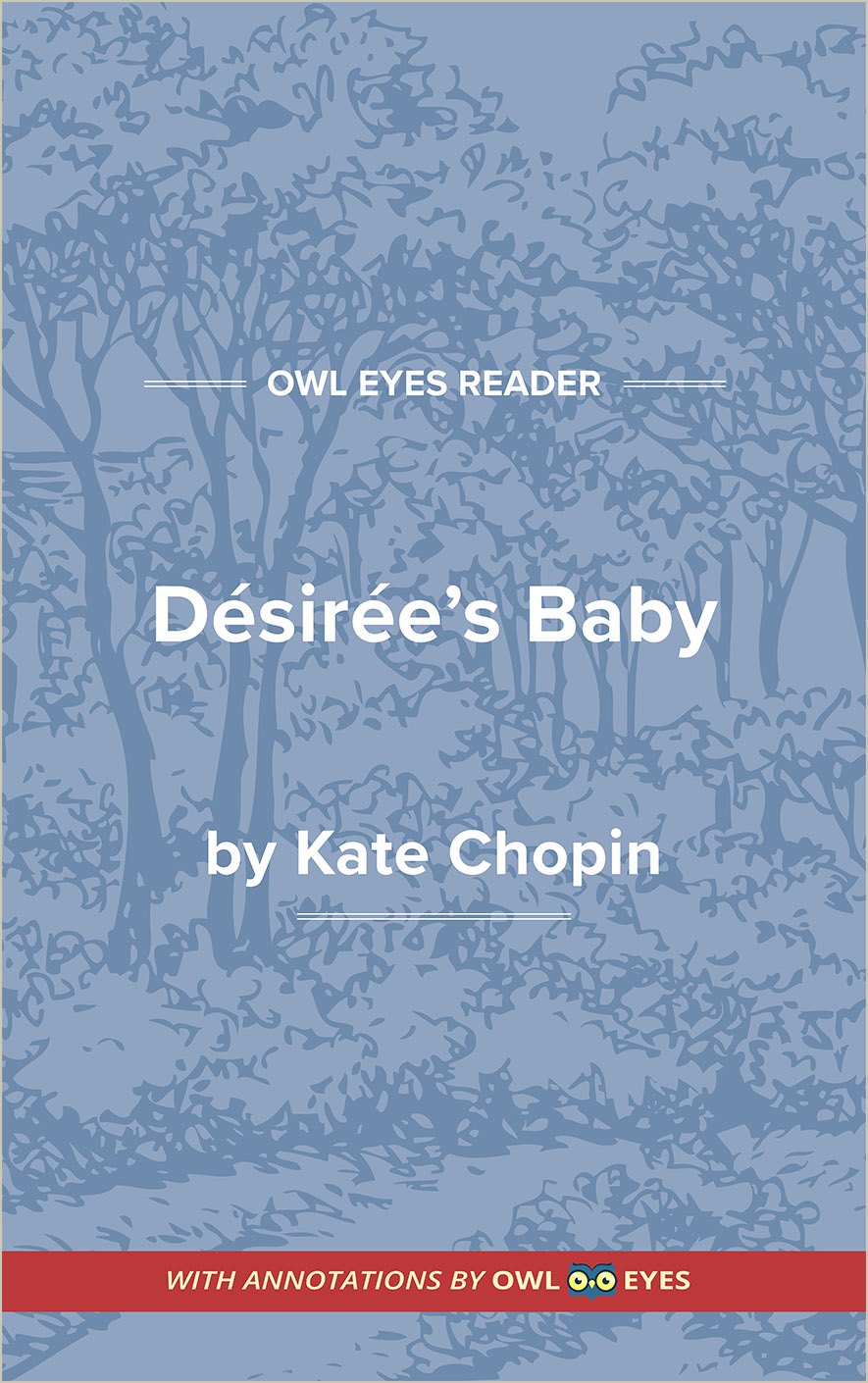Analysis Pages
Tone in Desiree's Baby
Tone Examples in Desiree's Baby:
Désirée's Baby
🔒"and she did not come back again..." See in text (Désirée's Baby)
"pall..." See in text (Désirée's Baby)
"in the shadow of the big stone pillar...." See in text (Désirée's Baby)

